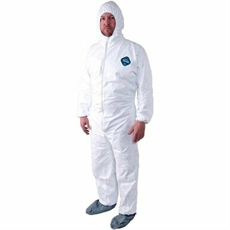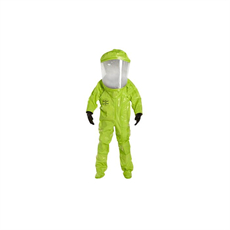Surgical gowns are essential protective garments worn by healthcare professionals during surgical procedures and other medical activities. These gowns are designed to provide a barrier against contamination and protect both the healthcare worker and the patient. Key features of surgical gowns include:
- Material:
- Surgical gowns are typically made from non-woven, fluid-resistant materials such as polypropylene, polyester, or a combination of these materials. These materials are chosen for their ability to repel fluids and provide a barrier against microorganisms.
- Barrier Properties:
- Effective surgical gowns must provide a high level of barrier protection against blood, bodily fluids, and microorganisms to prevent cross-contamination. The gown’s material should be resistant to penetration by liquids and pathogens.
- AAMI Level:
- Surgical gowns are categorized into different levels based on their barrier performance, as defined by the Association for the Advancement of Medical Instrumentation (AAMI). These levels range from Level 1 (minimal risk) to Level 4 (highest risk). The selection of the gown’s AAMI level depends on the type of procedure and potential exposure to fluids.
- Sterility:
- Surgical gowns are typically provided sterile to prevent the introduction of pathogens into the surgical field. Sterility is maintained through proper packaging and handling until the moment they are needed in the operating room.
- Design and Sizing:
- Surgical gowns are designed to cover the healthcare worker’s body from the neck to the knees (or ankles) and provide full coverage of the arms. They are available in various sizes to accommodate different body types and ensure a comfortable fit.
- Closure Mechanism:
- Surgical gowns may have various closure mechanisms, such as tie-backs or hook-and-loop fasteners (Velcro). These closures help ensure a secure fit and prevent accidental exposure.
- Long Sleeves and Cuffs:
- Surgical gowns typically have long sleeves with snug-fitting cuffs to prevent skin exposure and contamination. Some gowns have thumb loops to help secure the sleeves in place.
- Reinforcements:
- Some surgical gowns have reinforced areas, such as the front and sleeves, to provide extra protection in high-risk areas. These reinforcements may be made of additional layers or materials.
- Breathability and Comfort:
- While providing a high level of protection, surgical gowns should also be breathable and comfortable to wear for extended periods. They should allow moisture vapor to escape to prevent overheating.
- Compliance with Standards:
- Surgical gowns should meet relevant regulatory standards and guidelines, such as those set by the Food and Drug Administration (FDA), European Medicines Agency (EMA), and other regulatory bodies.
- Environmental Considerations:
- Increasingly, there is a focus on sustainability in healthcare. Some surgical gowns are designed with environmental considerations in mind, using eco-friendly materials or being reusable and washable.
- Donning and Doffing Features:
- Gowns may have features like a wrap-around design or easy tear-away panels to simplify the donning and doffing process, reducing the risk of contamination during removal.
- Compatibility with Personal Protective Equipment (PPE):
- Surgical gowns should be designed to be worn with other PPE items, such as gloves, masks, and eye protection, to ensure complete coverage and protection.
Choosing the appropriate surgical gown is crucial to maintaining a sterile environment and minimizing the risk of infection in healthcare settings. The selection depends on the specific requirements of the procedure and the level of protection needed.





















